 Kimberly Corrigan, Vice President for Global Leadership at Global Visionaries and Earth Charter International Affiliate, wrote an article with three case studies on Leaders in Education for Sustainability, published in the Shelburne Farms Sustainable Schools Project 2016 on Educating for Sustainability.
Kimberly Corrigan, Vice President for Global Leadership at Global Visionaries and Earth Charter International Affiliate, wrote an article with three case studies on Leaders in Education for Sustainability, published in the Shelburne Farms Sustainable Schools Project 2016 on Educating for Sustainability.
The article includes a triple case study involving Noah Zeichner, award-winning high school social studies teacher at Chief Sealth International High School in Seattle, Jing Fong, inspiring storyteller and manager of YES! Magazine, a nonprofit and subscriber-supported independent media organization, and co-founders of The SEED Collaborative, Stacy Smedley and Ric Cochrane, two architects focused on transforming schools into exceptional environments for learning.
¨In my view, educating for sustainability, by its very nature, demands that we offer our K-12 students hands-on, inquiry-based, interdisciplinary curricula that build core academic knowledge, as well as skills in critical-, creative-, and systems thinking¨, expressed Corrigan.
The author offers a context for educating for sustainability: global issues, and suggests a tool to explore the world as a Community and to help students and teachers engage in robust discussion and take on action projects using the world as community. This tool is the Earth Charter.
 Corrigan stated: ¨Global sustainability education encourages educators and students to engage together in developing the skills and knowledge needed to understand 21st century challenges, envision effective and equitable remedies, and implement positive solutions that serve the common good and the planet upon which we all rely¨.
Corrigan stated: ¨Global sustainability education encourages educators and students to engage together in developing the skills and knowledge needed to understand 21st century challenges, envision effective and equitable remedies, and implement positive solutions that serve the common good and the planet upon which we all rely¨.
The author describes The Charter as a powerful and provocative primary document that calls for interdependence and universal and differentiated responsibility for creating a more just, sustainable, and peaceful world, and says it is ideal for educators and students to discuss how it was created and what it proclaims, and to debate its vision and values.
Corrigan suggests that teachers and students can also use the 16 principles of the Charter (which are available in over 50 languages), to learn about other complex topics and perplexing tensions, such as independence and interdependence, individual action and structural change, mitigation and adaption, and the role and value of certain realities often missing from discussions in our particular culture of surety and rugged individualism: realities of limits, doubt, forgiveness, empathy, fragility, insecurity, and impermanence.
To read the three case studies mentioned by the author go to:
http://www.shelburnefarms.org/sites/default/files/efscasestudies-complete.pdf







